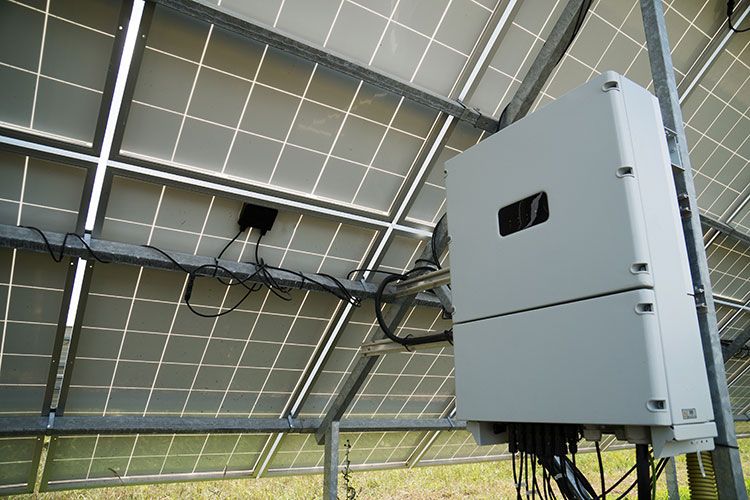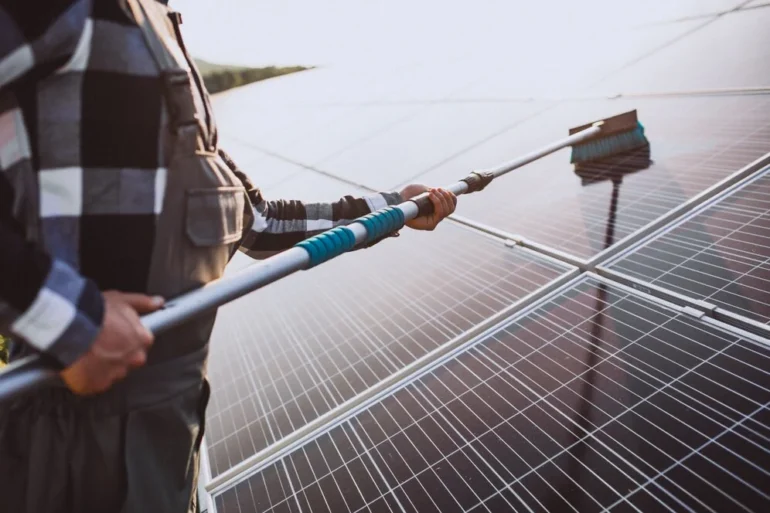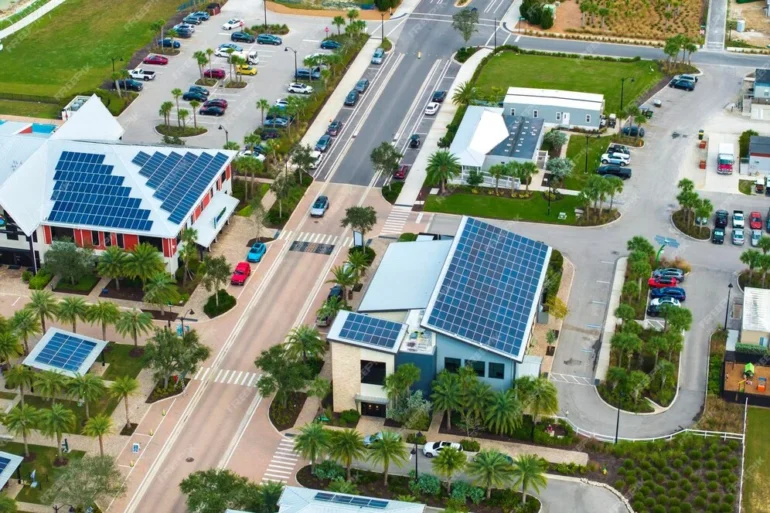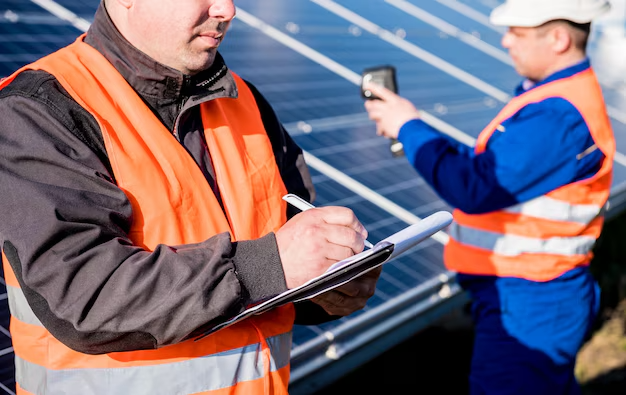One of the biggest misconceptions about solar panels is that users need solar batteries for the system to run. In reality, it is not always the case. Entirely off-the-grid people will surely benefit from solar panel batteries. They allow users to store excess power from solar panels so that it can be utilised later. Without batteries, using solar would only lead to wasting electricity and even money.
On the other hand, if you are grid-tied, you have a different situation. If you are already familiar with solar, you know that you can produce more electricity than what you might need. In this case, the excess power will go to the utility grid, which would either be through feed-in tariffs or net metering. You can be rewarded with bill credits based on the energy you send back to the grid.
In a way, the utility grid works just like a battery. It is why consumers who are grid-tied do not truly require solar cells. However, it does not mean you should avoid them altogether. You can still benefit from solar batteries even when you are connected to your electric company.
Grid-tied panels can be used in combination with batteries. They provide extra protection in case of blackouts. Unfortunately, batteries are not cheap, and they should be replaced once every ten years.
Just like with any product that you buy, there are many considerations before you get a battery for your solar system. Technology evolves rapidly. In solar systems, including batteries, there is an endless possibility when it comes to improvements. Before you buy a battery, you may want to think about whether or not you need it and how it would be like in the future.
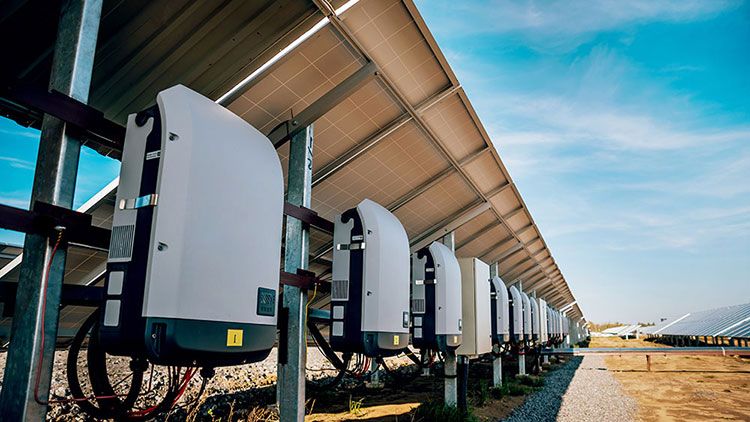
Solar Batteries Today
Currently, solar batteries come in four different types. They all have the same purpose, which is to store electricity gained from the solar system. Here are the four various technologies in solar batteries that are commercially available at present:
- Lead AcidFor a time, only lead-acid batteries were on the market. They have been around before the other types arrived. They have some homeowners and businesses to store solar electricity practically. If you do not know what a lead-acid battery is, it is merely the same type you have in your car. Of course, the difference is that your car’s battery cannot store solar power. The size is also different since the solar storage systems come with a taller height compared to the car batteries.To power your home using a lead-acid battery, you need a bank, which should reside in climate-controlled storage. You can, however, place this bank anywhere, but expect a reduced performance and lifespan if installed in a high-temperature area.
Aussies without grid access usually turn to lead-acid batteries. They are reliable and more affordable than most other types. However, they come with the following disadvantages:
- They are bulky, taking up a lot of space.
- They also emit hydrogen gas, although not all lead-acid batteries do.
- They generally have a short lifespan, ranging from two to eight years.
- On average, the depth of discharge is around 60%, so you can only use up to 60% of the battery’s capacity. Of course, you can use it more, but it affects the product’s lifespan.
- Ideally, the batteries should be stored in a 20 ºC shed. Australia’s climate can go higher, which means a degraded performance and life for the batteries.
Lead-acid batteries are best for rural households. They usually are in a combination of solar and a bank of batteries.v
- Lithium-IonThe electric car industry is driving the improvement of lithium-ion batteries. It is good news, not only for electric car companies, consumers, and enthusiasts but also for solar panel users. There is even a possibility that lithium-ion will be the top choice for solar battery storage, particularly for on-grid households. Lithium-ion batteries are the same type of battery that you have in your phones and laptops. Tesla is one of the biggest companies that manufacture these batteries. However, you can also find other big brands, such as LG and its RESU battery.All over Australia and some parts of the globe, many battery users go for the lithium-ion type of battery technology. One reason is that they can be discharged deeper than other types, especially when compared to lead-acid. Also, they have a longer lifespan, which can go from 13 to 18 years.
However, one undeniable drawback with li-ion batteries is that they are expensive, costing about 50% more than lead-acid. It may change in the future, particularly with the possibility of li-ion battery mass production in the next few years.
- FlowNew technology is on the rise in solar batteries, and it is called flow. The reason behind the name has something to do with water. This type of cell contains zinc-bromide inside it, which is a water-based solution. Currently, there are only a few manufacturers of flow batteries intended for households. An example is Redflow, which is an Australian-based company that outsourced the manufacturing process to North America. It has now moved to Thailand.Flow batteries may be new in the market, but the concept has been around for decades. A great advantage of using flow batteries is that they have a 100% discharge depth. Therefore, you can entirely discharge the battery in one cycle without worrying about the adverse effects. The same thing cannot be said about lead-acid and lithium-ion.
Additionally, these batteries can remain unused for an uncountable number of years, and there will be no signs of degradation. They also tolerate extreme weather conditions, so you can store them in a room that is 50 degrees Celsius.
One more reason why flow batteries are an excellent choice is that they are naturally fire retardant. They also have no chance of explosion because the battery components are physically separated from one another.
This type of battery may sound perfect, but it does come with a few drawbacks. The problem with flow batteries is that the life cycle is lower than high-end li-ion batteries. You also have to completely discharge them regularly to maintain the “cleanliness” of the electrodes. You will need to program this task into your battery management system to avoid forgetting about it.
- Sodium Nickel ChlorideYou may know these batteries as the Quantum batteries from GridEdge, which is one of the most popular products around. This battery type is unique and can seriously compete with lithium-ion in about a few years. Sodium nickel chloride batteries can operate at broad temperature ranges from -20 degrees Celsius to 60 degrees Celsius. Meanwhile, lithium-ions can only work from zero degrees to 40 degrees Celsius. The batteries can also be recycled without worrying about toxicity due to different dangerous chemicals.Sodium nickel chloride batteries also have no fire risk, and internal cooling systems are not required. On the other hand, most large li-ion batteries should have active cooling systems. Unfortunately, sodium nickel chloride is quite expensive, yet the life cycle is shorter than lithium-ion batteries.
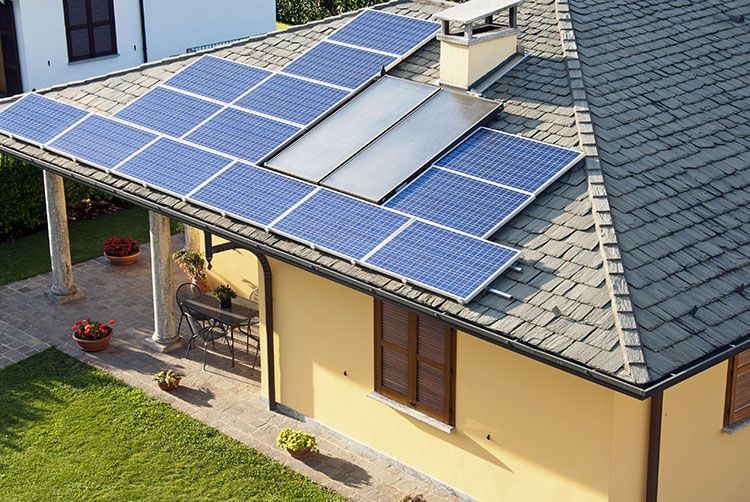
Solar Batteries in the Future
While lithium-ion batteries are considered the most popular out of all solar battery types, sodium nickel chloride and flow batteries can be the top contenders as well. Flow batteries have the bigger potential, but first, manufacturers should try to lower the costs down.
Different enhancements are deployed all over the world concerning solar batteries. For instance, in the UK, the National Grid has a few battery installations to ensure supply to its services. They help increase the efficiency in meeting supply and demand while taking advantage of the power of wind and solar.
Hybrid renewable power plants that utilise batteries have been around since 2017 and even before it. Solar farms and wind farms have benefited from them over the years. In South Australia, grids are more resilient with the help of batteries to avoid blackouts.
Just a few years ago, Elon Musk unveiled Tesla’s concept of a home battery. However, it was not the first time such an array existed. There were bigger batteries introduced in the past that could store and distribute electricity. Power can be generated from the grid or at the household itself.
It is possible that in the future, solar batteries will make more financial sense. Solar households can store and consume power at their convenience. Even better, they can benefit more from the energy generated rather than exporting it to the grid. Let us face it: the tariffs will eventually fade, but you can always use the energy you stored in the solar batteries.
Another possibility is harnessing thousands of solar batteries, creating a virtual power plant. Big companies, including the German firm Sonnen, declared their interest in heading out of the utility-scale. Instead, they want to make a virtual power plant that can provide certain areas with a significant amount of power.
With the advent of fast charging batteries, lighter and smaller batteries, and battery-powered cars, there is indeed a bright future ahead for solar storage systems.
FAQ’S
- How does a solar battery work?
Solar batteries work by converting and storing DC electricity generated by solar panels into chemical energy. This energy is stored in the battery cells and can be converted back into usable electricity when needed. The stored energy is typically used to power your home during periods of low solar production or at night.
- What types of solar batteries are available?
There are different types of solar batteries, including lead-acid batteries, lithium-ion batteries, and saltwater batteries. Each type has its own advantages and considerations in terms of cost, performance, lifespan, and maintenance requirements. It’s important to research and choose a battery that suits your specific needs.
- How long do solar batteries last?
The lifespan of a solar battery depends on various factors, including the type of battery, usage patterns, and maintenance. On average, lithium-ion batteries used in solar applications can last between 10 to 15 years. Proper maintenance and regular monitoring can help optimize the lifespan of your solar battery.
- Can I use a solar battery for my entire home?
The capacity of a solar battery determines the amount of electricity it can store and supply. While larger batteries can provide power to the entire home, it’s important to consider your energy needs and the size of your solar system. Consulting with a solar energy professional can help determine the appropriate battery size for your specific requirements.
- Are solar batteries compatible with existing solar panel systems?
In most cases, solar batteries can be retrofitted to existing solar panel systems. However, compatibility may vary depending on the type and age of your solar panels, as well as the inverter and charge controller configuration. It’s recommended to consult with a solar energy expert to ensure compatibility and optimal system performance.
- Do solar batteries require maintenance?
Solar batteries generally require minimal maintenance. However, regular monitoring of battery performance, including voltage levels and charge/discharge cycles, is recommended. It’s also important to follow manufacturer guidelines for temperature control, cleaning, and safety precautions.
- Can I expand my solar battery system in the future?
Depending on the battery technology and system design, it is often possible to expand your solar battery system in the future. However, it’s important to consider the compatibility of additional batteries, the capacity of your existing system, and the overall electrical infrastructure. Consultation with a solar energy professional can help determine the feasibility of expansion.
